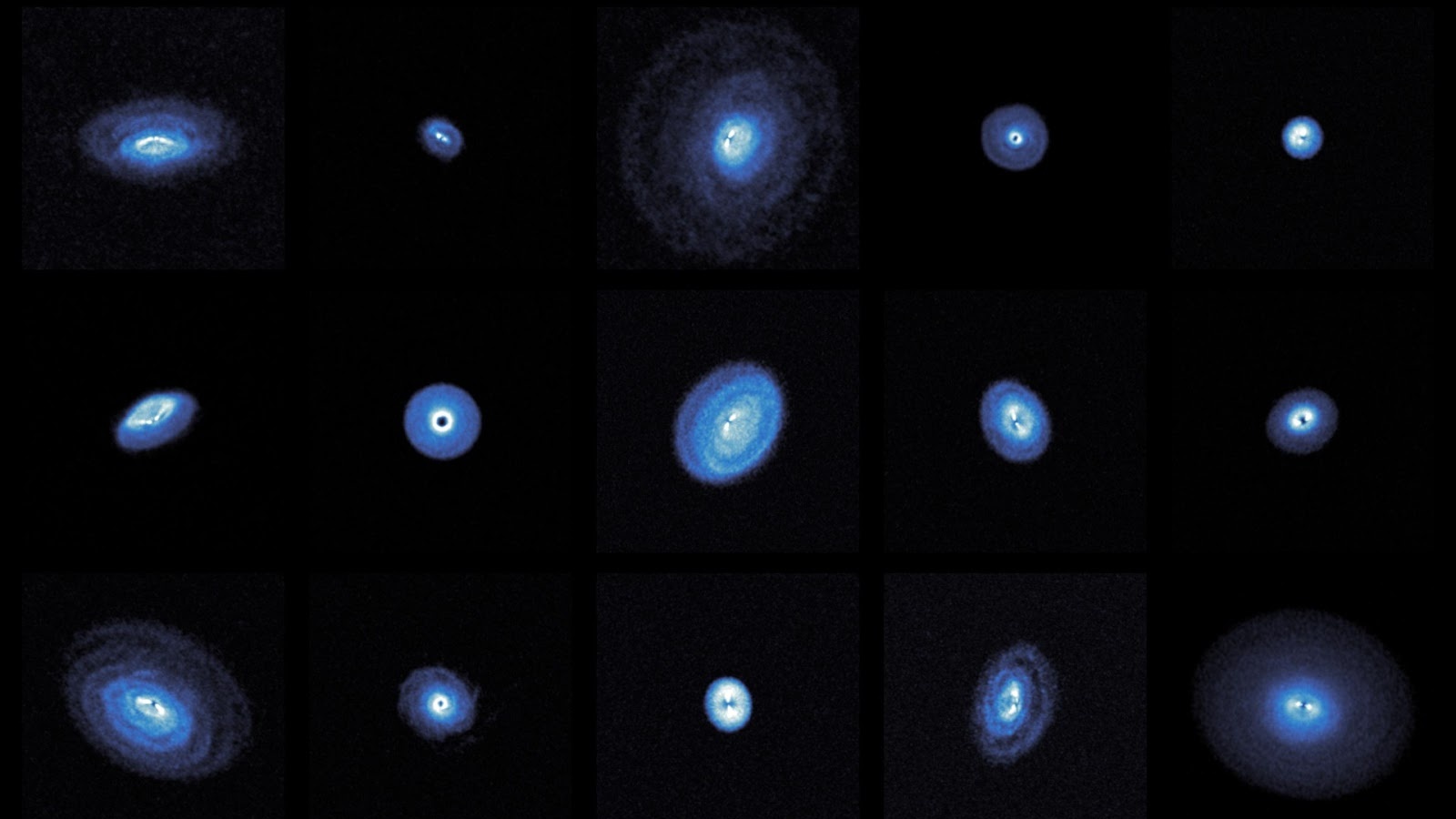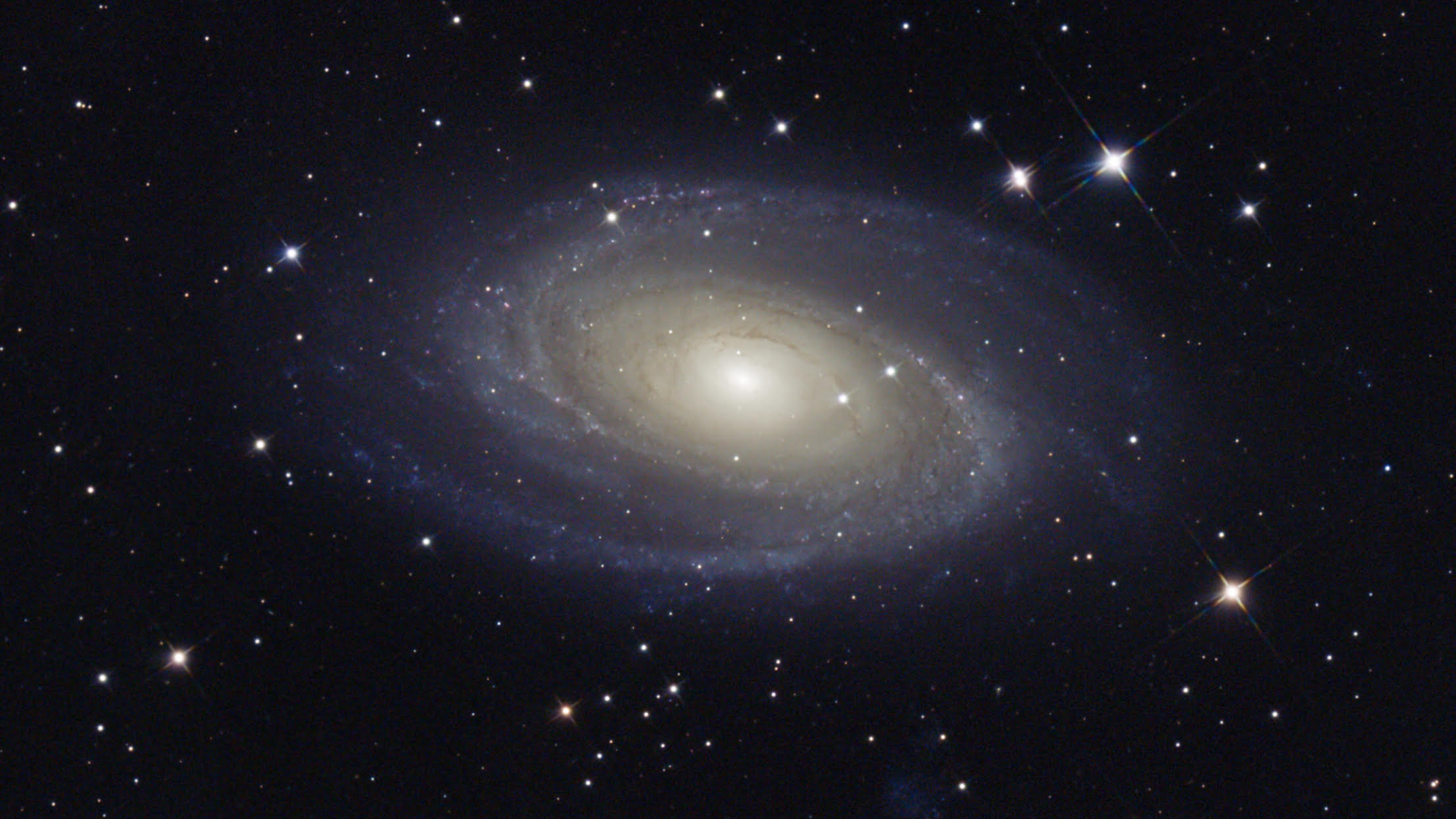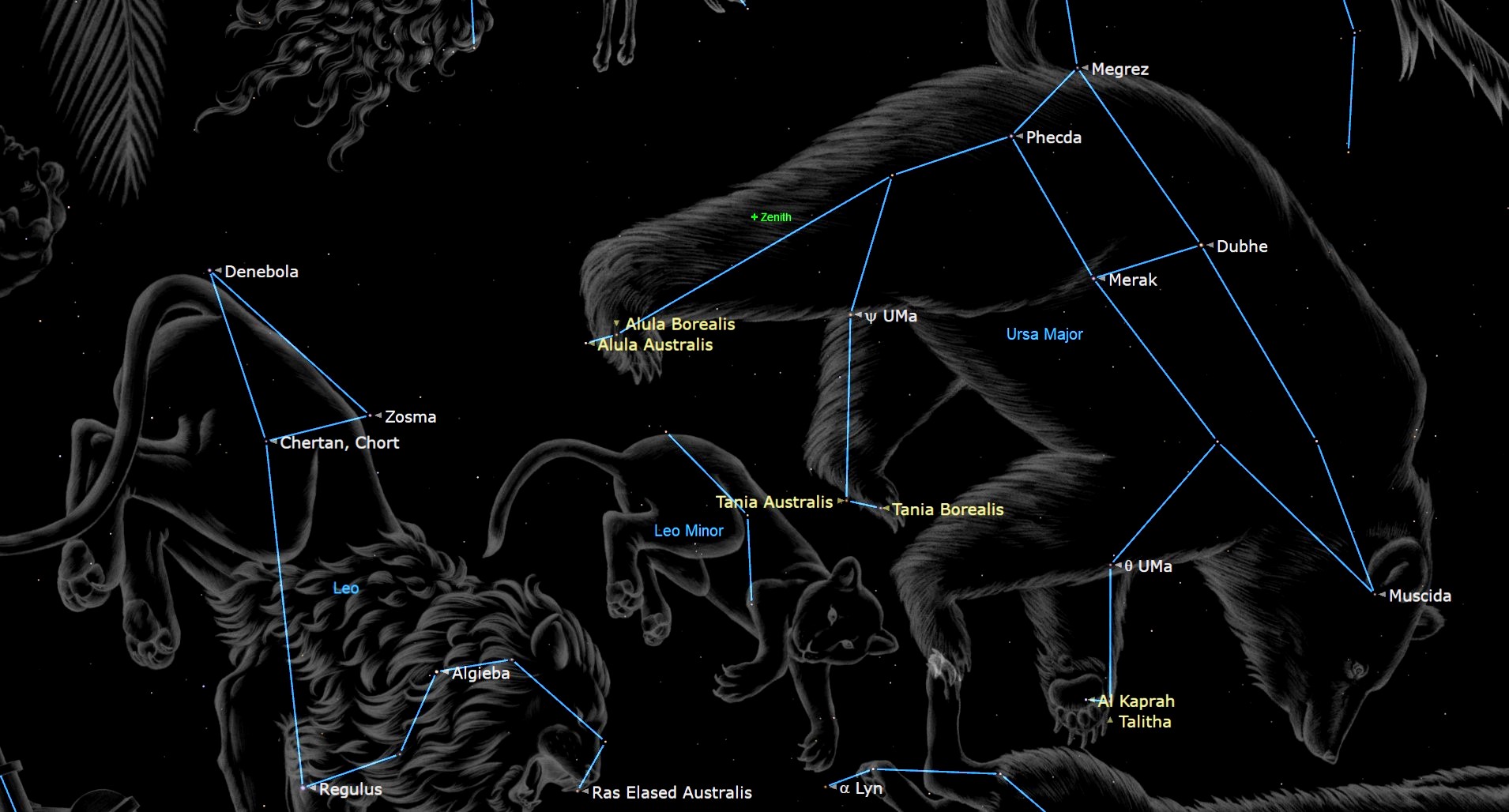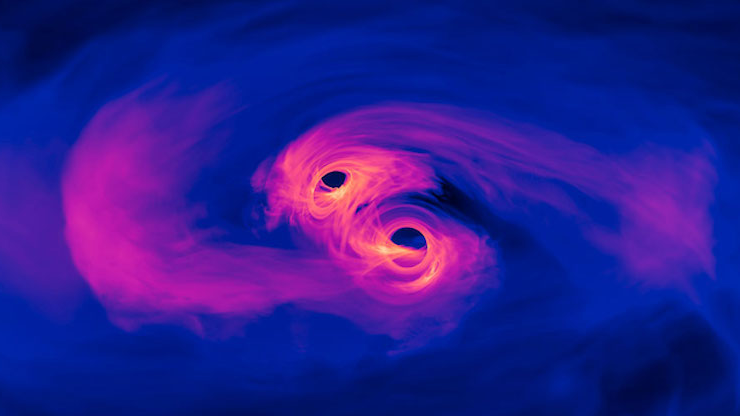Hunting for Spring Galaxies with Mobile Astronomy Apps

During May, the obscuring dense stars, gas and dust of the Milky Way vacate the night sky, leaving a yearly opening for skywatchers to peer at distant galaxies. In this edition of mobile astronomy, we'll examine how your mobile astronomy app can help you find galaxies, provide plenty of information about them and even point your computerized telescope toward them.
Our place in space
Our galaxy consists of a large, central bulge of densely packed stars, surrounded by a flattened disk of encircling spiral arms. The disk is about 100,000 light-years across and only about 2,000 light-years thick. Our tiny planet orbits an average-size star located about halfway in from the edge of the disk — in what could be called the galactic suburbs. When we gaze into a clear night sky, every visible star is another resident of the Milky Way galaxy. To push the city analogy a little farther, the brighter stars seen from Earth are mainly nearby, like houses in our neighborhood. Downtown would be the densely packed central bulge — the core of the galaxy. The Milky Way's galactic core sits near the constellation of Sagittarius and is best seen in the southern summer sky.
The galactic disk's thickness means we see stars in every direction — the fewest looking up and down away from the plane, and the most when looking along the plane. In fact, the broad band of stars we call the Milky Way represents the plane of the galaxy in the night sky, and it is visibly thickest toward the core, thinnest in the opposite direction and tapering off in between. [Stunning Photos of Our Milky Way Galaxy (Gallery)]
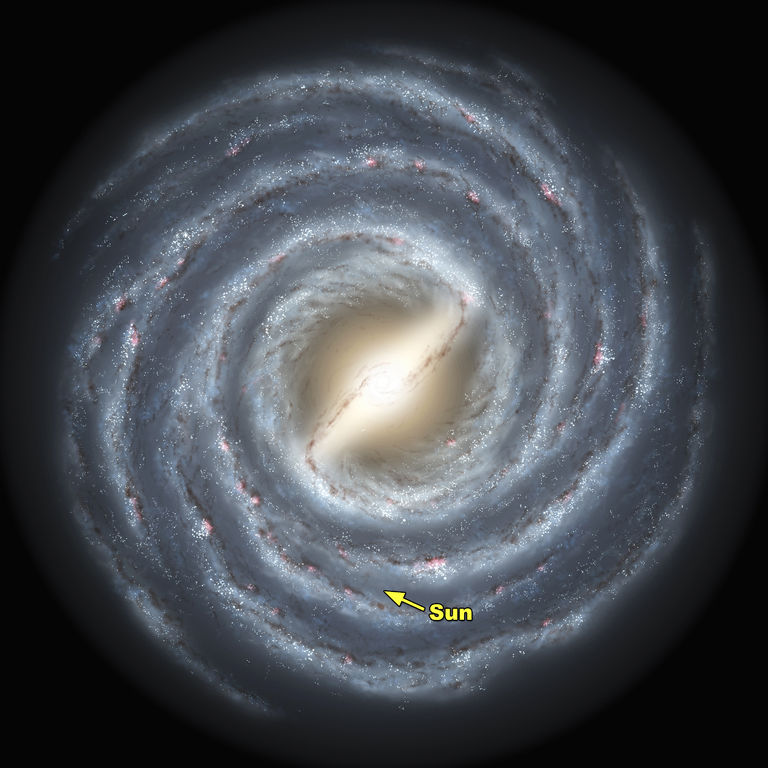
Between the galaxy's stars are cold, dark clouds of gas and dust and the occasional glowing star-forming nebulas. The dust obscures much of the visible starlight emanating from the core of the galaxy, so it's not as bright as it should be. If you've viewed the Milky Way from a dark site, you may have noticed the dust lanes running through it.
Other types of electromagnetic radiation — including gamma, infrared and microwaves — are not blocked by the dust. Some astronomy apps, including SkySafari and Star Walk 2, allow you to view the sky in those wavelengths. Check the Milky Way settings, or look for an option called Spectrum.
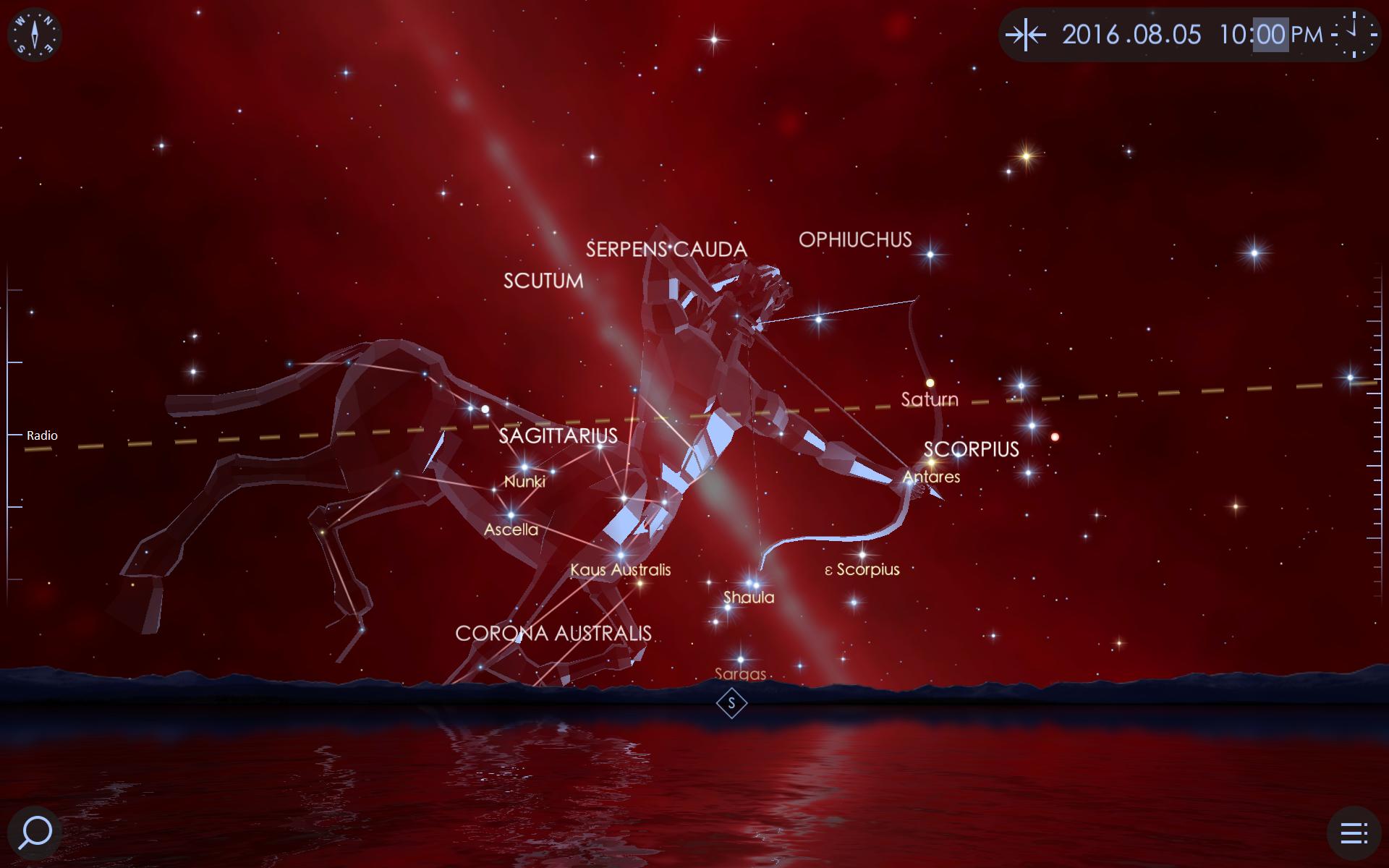
There's plenty to see within our own galaxy, but if we want to look at the billions of other galaxies in the universe, we have to be able to peer past the intervening material. Fortunately, spring is a perfect time to do this.
Our solar system is tilted with respect to the galactic plane, so the Milky Way's position in the sky varies according to the time of year. For Northern Hemisphere observers, in the summertime, it spans the night sky from roughly south to north — filling the summer constellations of Sagittarius, Scutum, Aquila and Cygnuswith rich star fields that are ideal for long exposure wide-field photography.
Get the Space.com Newsletter
Breaking space news, the latest updates on rocket launches, skywatching events and more!
Every year in May, the Milky Way lies roughly parallel to the horizon, so the night skies are pointed at right angles from the galactic disk and into deep space. With very little material to block our view, a multitude of galaxies can be observed and studied.
Pull out your astronomy app, and locate the modest constellation of Coma Berenices, or "Bernice's Hair." This patch of sky contains the north galactic pole, and it's more or less overhead in May. Coma Berenices and the constellations around it — Virgo, Leo, Ursa Major (The Big Dipper's home) and Canes Venatici — all host a great many galaxies. Let's look at how to hunt some of them down with your mobile device.
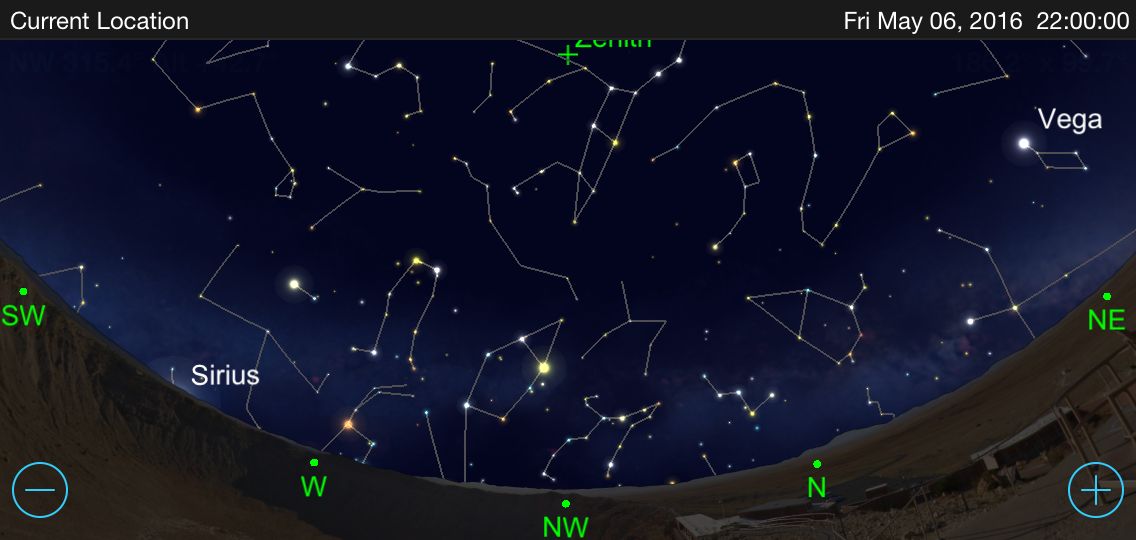
Tips for galaxy viewing
Galaxies are extremely far away, ranging from a few million to billions of light-years away, so they appear extremely faint despite emitting the combined light of billions of stars. The keys to seeing them include a very dark night sky, away from the city lights and during moonless nights, and a good-size telescope (6 inches and larger to get the best results). A telescope acts as a "light bucket," collecting the photons (light particles) that reach it from the sky, and the wider its lens or mirror, the more photons it will concentrate into your eyepiece.
Your peripheral vision is more sensitive to faint light. If you think you have a galaxy in your telescope's field of view, try directing your gaze to one area and noticing the rest of the field visible in the scope. The averted-vision technique takes a bit of practice, but it works wonders. A gentle tap on the telescope will set a faint object wiggling, rendering it much easier to notice. If you are using a computerized GoTo telescope, slew it a little ways off the target, and watch the object slide into view as you command the telescope to recenter the target. [Best Telescopes for the Money - Reviews and Guide]
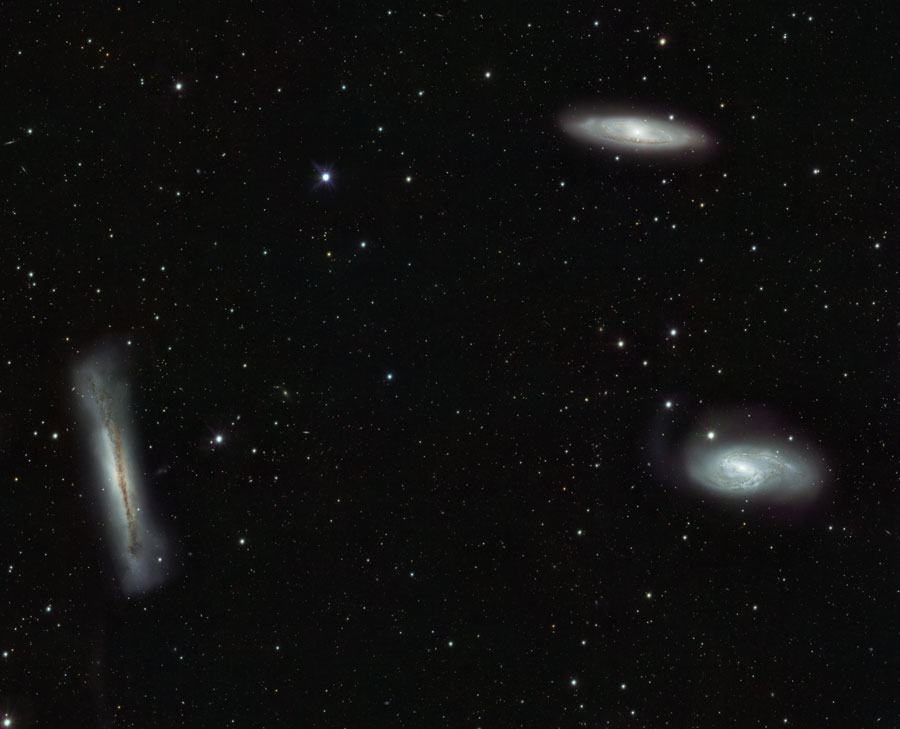
Galaxy hunting with your device
This May, wait for the sky to get truly dark, and look high in the south. The prominent constellation of Leo the Lion sits just above bright-white Jupiter. Leo hosts a large number of galaxies, a few of which were bright enough to be included in the well-known list of deep sky objectscataloged by French astronomer Charles Messier in the 18th century. Nowadays, the Messier List includes 110 objects, commonly designated by the letter "M" in astronomy apps. Another modern catalog, called the Caldwell Catalog, was designed to catch good objects that Messier missed. Most astronomy apps allow you to search these two lists as well as others.
Find the constellation Leo in your favorite astronomy sky-charting app, and fill the screen with it. The lion faces west, and his head and chest are defined by six stars forming a backward question mark, or sickle, spanning about 14 degrees from top to bottom. The bottommost star is the bright-white star Regulus. About 16 degrees to the east, three stars — Zosma, Denebola and Chertan — form the lion's hip, tail and belly, respectively. (Note: The Star Walk app pictures Leo the opposite way, using the sickle as his tail.)
About 2.5 degrees below Chertan is the Leo triplet of galaxies: three spiral galaxies arranged in a triangle about 40 arc minutes across (just larger than the full moon's diameter). The lower two are M65 in the west and the dimmer M66 in the east. The third galaxy's brightness falls between the two, and is designated NGC 3628 in the New General Catalogue, a comprehensive modern index used by professional astronomers. All three can fit inside the field of view of most telescopes at low magnification.
Galaxies evolve into a variety of forms over time, from featureless ovoids to well-structured spirals with spherical or bar-like cores. They also can be oriented at any angle in the sky. Some present their spirals full-on to us, and some are edge-on, while many are in between the two positions. Face-on galaxies tend to be dimmer; their total light output may be significant, but it is spread over the maximum possible area. This effect is referred to as low surface brightness. Edge-on galaxies form brighter images in your telescope because the combined starlight is concentrated in a narrow cross section. [Galactic Evolution: How Galaxies are Classified by Type (Infographic)]
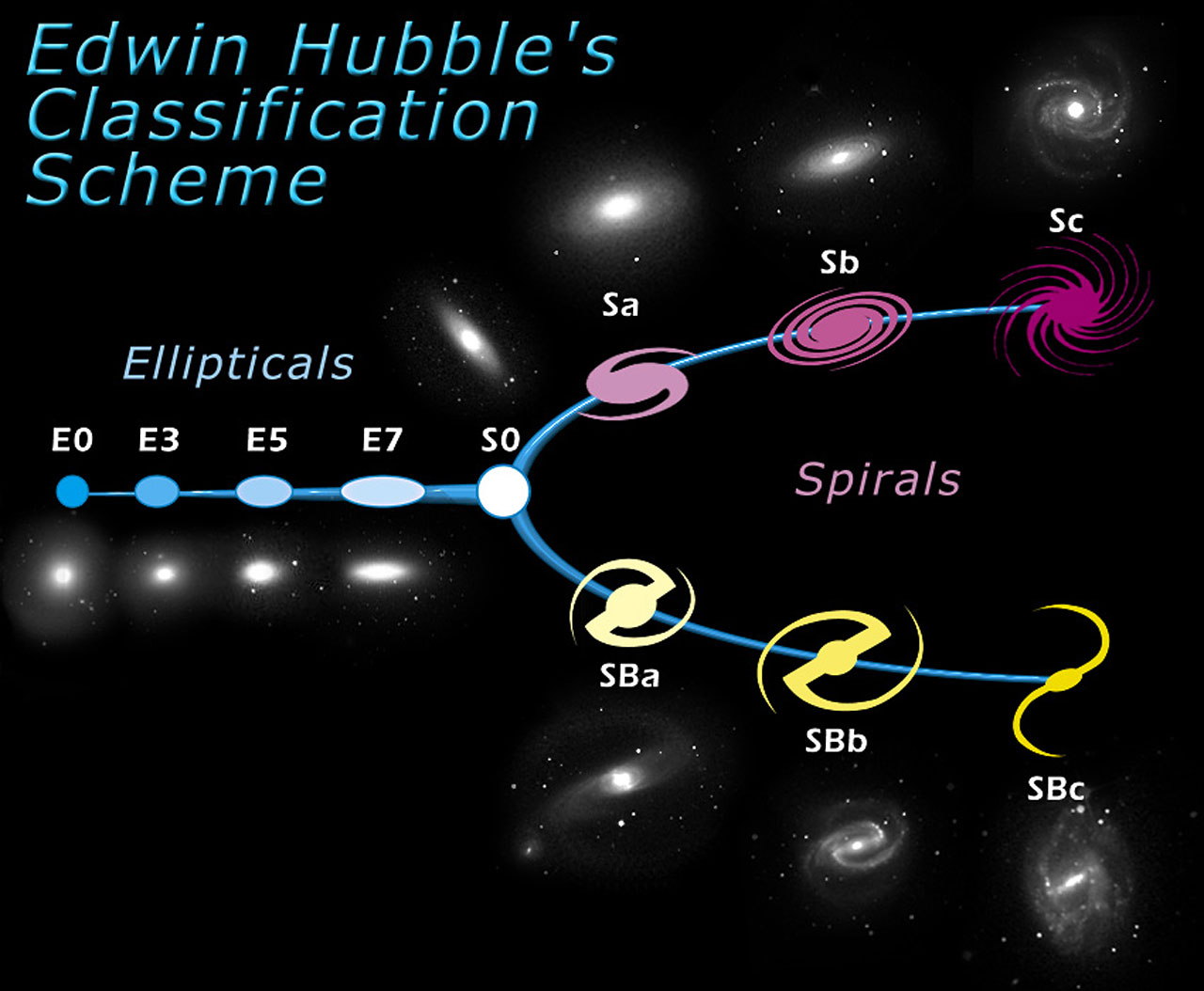
In your astronomy app, the brightness of the galaxies will be expressed by their visual-magnitude value; the lower the number, the brighter the object. Amateur-grade telescopes in the 4- to 8-inch aperture range will be able to show you galaxies with visual magnitudes of around 8 to 10. Note that those telescopes will not collect enough light for you to see the fainter portions of the galaxies, or to trigger the color receptors in your eye. It's still a thrill, however, to glimpse light from the bright core of a distant galaxy that was released before humans walked the Earth!
A few galaxies are near enough to appear very large in the sky. M101, also known as the Pinwheel Galaxy, is a huge, face-on spiral galaxy in Ursa Major that is nearly as wide as the full moon! Even though its magnitude is a relatively bright 7.9, its low surface brightness makes it appear dim. Nevertheless, it's a great target for binoculars in a dark sky.
Other excellent galaxies to hunt for include:
- M104, the Sombrero Galaxy in Virgo (magnitude 8.2)
- M51, the Whirlpool Galaxy in Canes Venatici (magnitude 8)
- The adjacent pair M81 and M82, nicknamed Bode's Nebulae, in Ursa Major (magnitudes 6.8 and 8.1)
- Caldwell 7 (C7) in Camelopardalis (magnitude 8.4, and excellent for small telescopes)
- C32, the interestingly shaped Whale Galaxy in Canes Venatici (magnitude 9)
- C38, the Needle Galaxy in Coma Berenices (magnitude 9.2)
Use your app's search function to find them, and try to navigate to them by hopping from nearby visible stars. Dig deeper into your app to see Hubble Space Telescope images of the galaxies and read about their physical characteristics, like their supermassive black hole centers! [Gallery: 65 All-Time Great Galaxy Hits]
These represent just a fraction of the galaxies you can hunt down with your apps. You'll have better luck with the brightest ones. However, if you have access to a large telescope and a dark-sky site, sweep the sky in the region between the lion's tail and the next major star, Vindemiatrix in Virgo. This region is home to the Virgo Supercluster of galaxies. There are countless galaxies here, but only 11 of them made Messier's list. Switch your astronomy app to the Red Night Mode (to save your dark adaptation), and use it at the eyepiece to see if you can pick out the Messier objects among the rest. It's a challenge! The Virgo cluster extends north (toward the Big Dipper) into Coma Berenices, where there are seven more Messier galaxies.
Aiming your telescope with astronomy apps

The SkySafari app, along with a few others, allows you to remotely control your GoTo telescope, either via Wi-Fi or Bluetooth. Simulation Curriculum's SkyFi USB unit is a small box that attaches to your telescope's mount and sets up a local hotspot that your iOS device will see and connect to. The company's SkyBT unit uses Bluetooth to connect iOS or Android phones and tablets. Once it's connected, and the SkySafari app is configured for your particular setup, it's a snap to select galaxies (or any other object) in the app, and tap GoTo. I've used both of these devices on my Meade, iOptron and Sky-Watcher telescopes. They also allow you to find dim objects under light-polluted skies.
Celestron's new NexStar Evolution telescope line offers built-in wireless control using the SkyPortal app for iOS and Android. The company also offers a separate SkyPortal module for older models. Simulation Curriculum has also licensed the technology to Orion Telescopes as the StarSeek module and app, and more brands are coming soon. I'll cover remote telescope control in a lot more detail in a future column.
Going beyond
If you'd like to explore the distribution of gas nebulae, open star clusters and globular clusters within and around our Milky Way galaxy, check out the SkySafari Pro app for iOS, which features a tool to place the objects in context. Select an object, and tap the Info icon. Tapping the Galaxy icon on the Info screen brings up a pair of images showing the object plotted within the galaxy, with our sun's location for reference. You can pan around and zoom, center the view on the object or the sun, and even save the image.
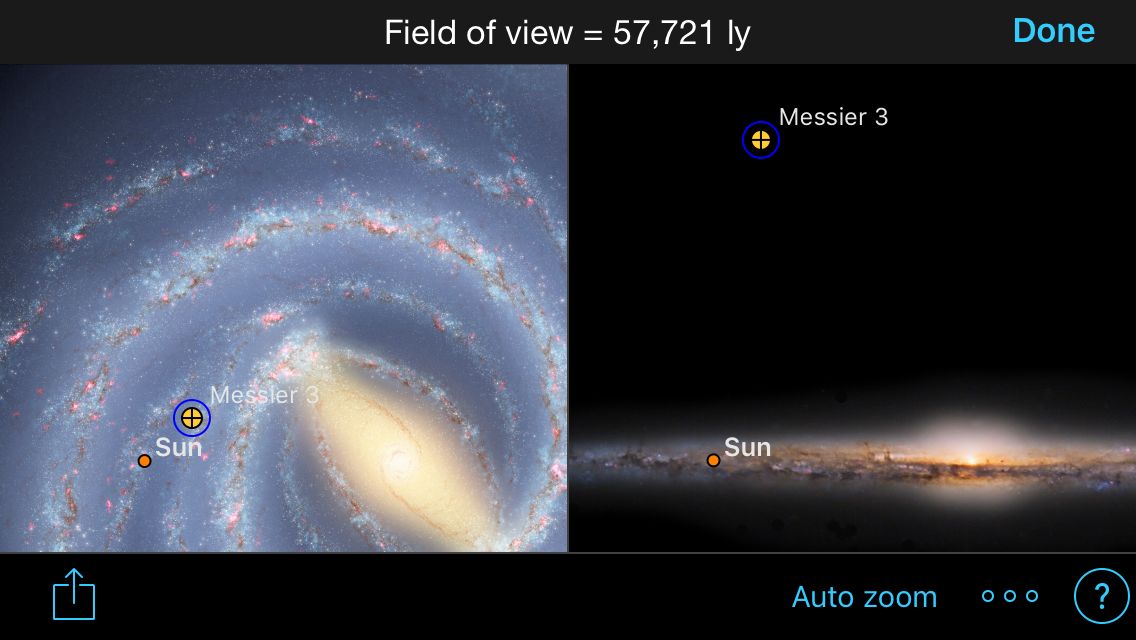
By the end of May, the summer constellations are moving into view. In our next mobile astronomy column, we'll showcase one of my favorites: mighty Hercules! That constellation features one of the sky's best showpieces for stargazers — come back to find out which one. Until then, keep looking up!
Editor's note: Chris Vaughan is an astronomy public outreach and education specialist, and operator of the historic 1.88-meter David Dunlap Observatory telescope. You can reach Chris via email, and follow him on Twitter @astrogeoguy, as well as Facebook and Tumblr.
This article was provided by Simulation Curriculum, the leader in space science curriculum solutions and the makers of the SkySafari app for Android and iOS. Follow SkySafari on Twitter @SkySafariAstro. Follow us @Spacedotcom, Facebook and Google+. Original article on Space.com.
Join our Space Forums to keep talking space on the latest missions, night sky and more! And if you have a news tip, correction or comment, let us know at: community@space.com.
Chris Vaughan, aka @astrogeoguy, is an award-winning astronomer and Earth scientist with Astrogeo.ca, based near Toronto, Canada. He is a member of the Royal Astronomical Society of Canada and hosts their Insider's Guide to the Galaxy webcasts on YouTube. An avid visual astronomer, Chris operates the historic 74˝ telescope at the David Dunlap Observatory. He frequently organizes local star parties and solar astronomy sessions, and regularly delivers presentations about astronomy and Earth and planetary science, to students and the public in his Digital Starlab portable planetarium. His weekly Astronomy Skylights blog at www.AstroGeo.ca is enjoyed by readers worldwide. He is a regular contributor to SkyNews magazine, writes the monthly Night Sky Calendar for Space.com in cooperation with Simulation Curriculum, the creators of Starry Night and SkySafari, and content for several popular astronomy apps. His book "110 Things to See with a Telescope", was released in 2021.



